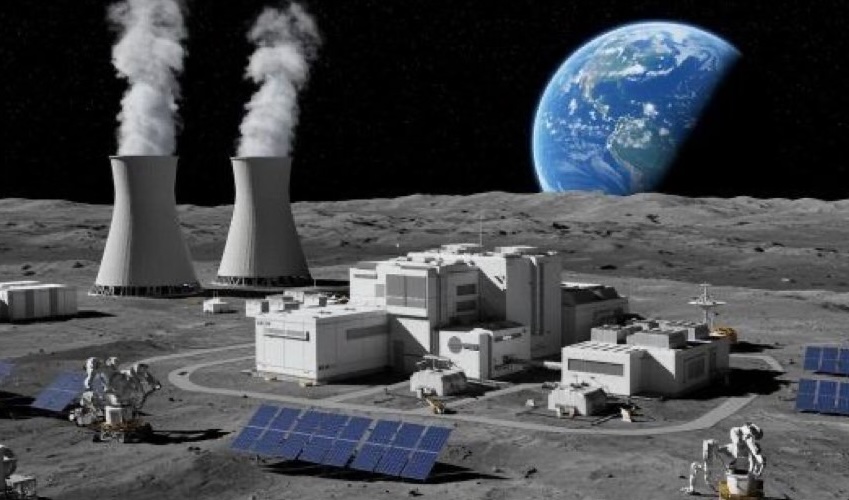Already a subscriber? Make sure to log into your account before viewing this content. You can access your account by hitting the “login” button on the top right corner. Still unable to see the content after signing in? Make sure your card on file is up-to-date.
NASA’s interim Administrator has confirmed that the agency will seek to put a nuclear reactor on the Moon by 2030 amid growing competition from China and Russia.
Some shit you should know before you read: Over the last decade, China and Russia’s growing relationship has gone beyond Earth and now involves space. The two nations have publicly committed to co-developing the International Lunar Research Station (ILRS), a long-term base on the moon expected to be operational by the mid-2030s. In multiple joint statements since 2024, including a notable announcement at the China-Russia Space Cooperation Forum, both countries said it was their intent to place a nuclear reactor on the moon as part of this effort. According to official documents from the China National Space Administration (CNSA) and Roscosmos, the reactor is intended to provide continuous power for lunar habitats and research stations, particularly during the 14-day lunar night when solar energy is unavailable. This joint initiative has raised concerns in the West, particularly within NASA and the US government, due to the possibility that China and Russia could beat the US and establish exclusive zones or infrastructure that might limit access or give them a strategic advantage.

What’s going on now: In a notable development, Transportation Secretary Sean Duffy (who is also the interim NASA Administrator) announced a new directive to fast-track the deployment of a 100-kilowatt nuclear reactor on the moon by 2030. Speaking at a Department of Transportation press conference, Duffy said, “We’re in a race to the moon, in a race with China to the moon. And to have a base on the moon, we need energy.” He added, “We are now going to move beyond studying, and we are going. We have given direction to go. Let’s start to deploy our technology, to move to actually make this a reality.”
The announcement verified earlier reporting from Politico, which obtained documents on the directive that was dated July 31 and calls for NASA to solicit industry proposals for the reactor and appoint a “Fission Surface Power Program Executive” within 30 days to oversee the project. The goal is to have a reactor ready for launch by 2030, aligning with China’s projected timeline for landing its own astronauts on the moon. NASA previously funded three $5 million contracts in 2022 for early reactor designs capped at 40 kilowatts; Duffy’s plan more than doubles that power target, citing the need for continuous energy through the moon’s long, two-week nights.
Duffy also warned about the risk of falling behind in this second space race, adding that “We have to marshal all of our resources, all of our focus on going to the moon, which is what we’re going to do.”
This all comes as the Trump administration is shifting NASA’s budget priorities, aiming to boost funding for human spaceflight while significantly cutting scientific missions. The proposed 2026 budget includes substantial increases for the Artemis program and lunar infrastructure (like the nuclear reactor initiative) but proposes nearly a 50% reduction in funding for Earth science, planetary research, and astrophysics.







